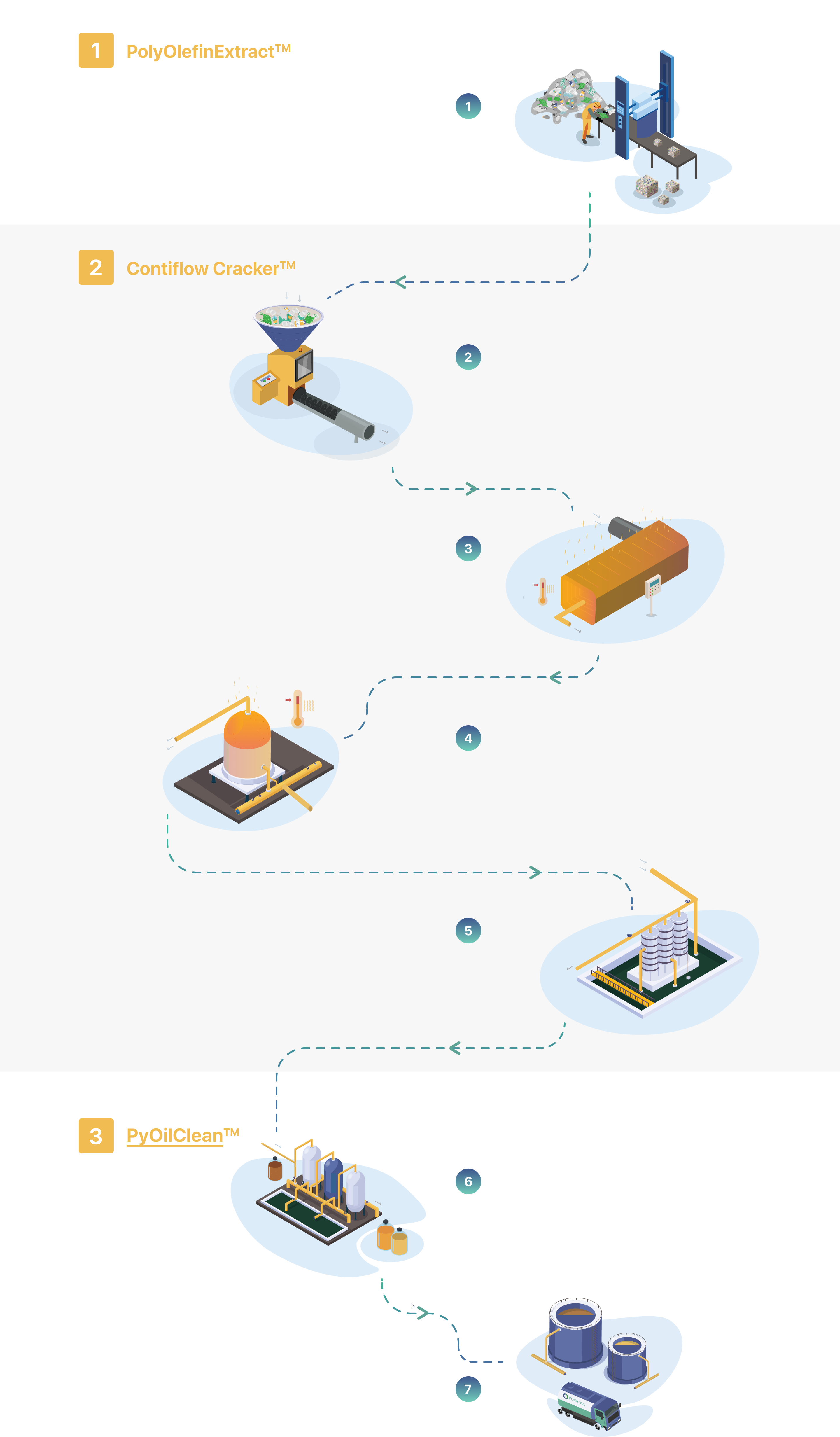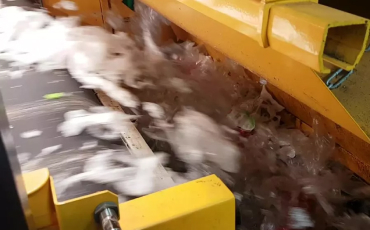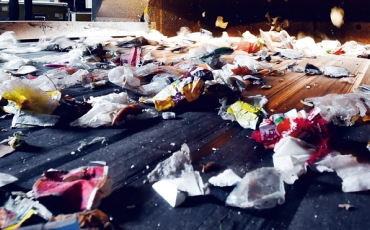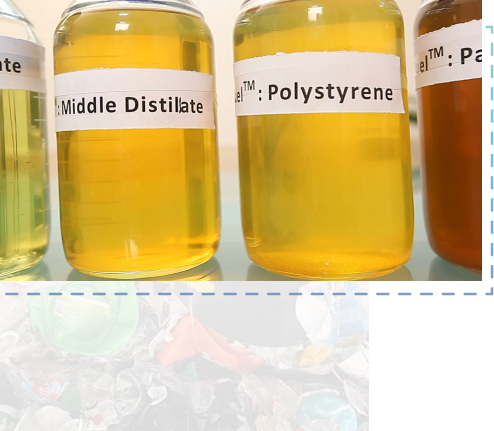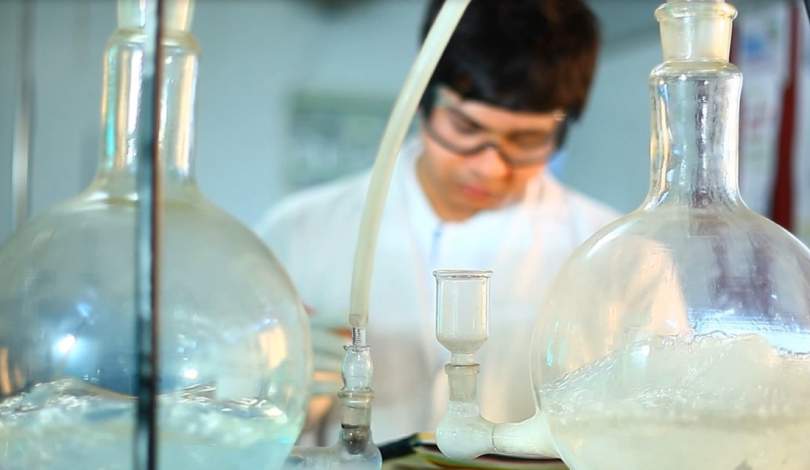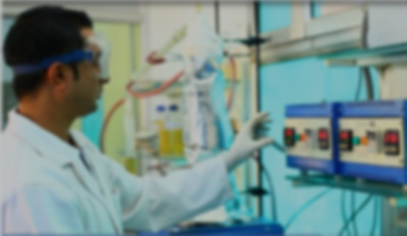Circular Economy for Plastics
Polycycl’s flagship technology enables an endless plastic-to-plastic recycling loop, whereby used plastics such as flexible grocery bags and discarded ketchup bottles can be upcycled to make virgin food-grade polymer resins.

POLYCYCL
Closing The Loop
PolyCycl’s technology transforms lower-grade plastics, destined for landfills into high value hydrocarbon oils. These oils serve as raw materials for producing new circular plastics, eco-friendly chemicals and renewable fuels that find application across industries, transport and aviation.
Polycycl - Technology Overview
FEEDSTOCK EXTRACTION AND PRE-TREATMENT
Recovery of mixed waste plastics from landfill waste using proprietary know-how.
PolyCycl has developed a pre-treatment methodology that extracts hard-to-recycle polyolefin plastics from landfills and legacy waste heaps. The process removes organics, textile, paper, fibres and metals while also dropping mud and dirt using non-wetting methods.
PolyGreenOilTM from waste plastics
Applications and End Markets
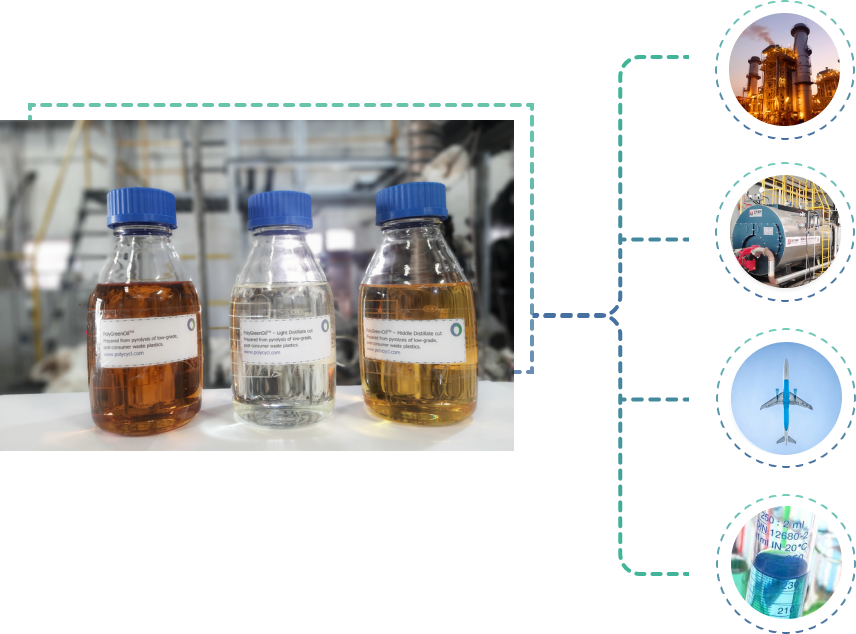
manufacturing of virgin plastics
use in industrial furnaces and boilers.
and aviation fuel.
BTX, Linear Alkyl Benzene, Mesitylene etc.
PolyGreen Oil TM
From Waste Plastics
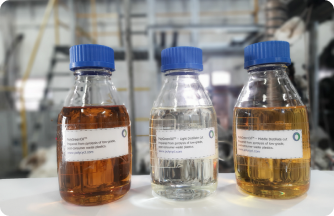

feedstock for manufacturing of
virgin plastics.


blendstock for use in industrial
furnaces and boilers.


and aviation fuel.


green chemicals: BTX, Linear
Alkyl Benzene, Mesitylene etc.

Applications
of Polygreen Oil
Applications of Polygreen OilTM
Refined hydrocarbon oils for use as petrochemical feedstock and/or drop-in industrial blendstocks

Qualified petrochemical feedstock for manufacturing of virgin plastics

Retail-ready, drop-in diesel blendstock for use in industrial furnaces and boilers.

Upgradable to transportation and aviation fuel.

Feedstock for manufacturing of green chemicals: BTX, Linear Alkyl Benzene, Mesitylene etc.
Case Studies
Publications and Reports
Life Cycle Assessment of emissions from chemical recycling of waste plastics vis-a-vis alternate disposal options.


